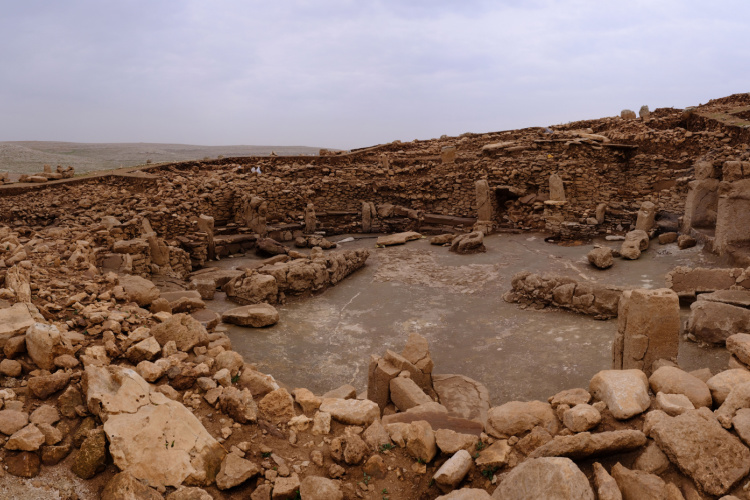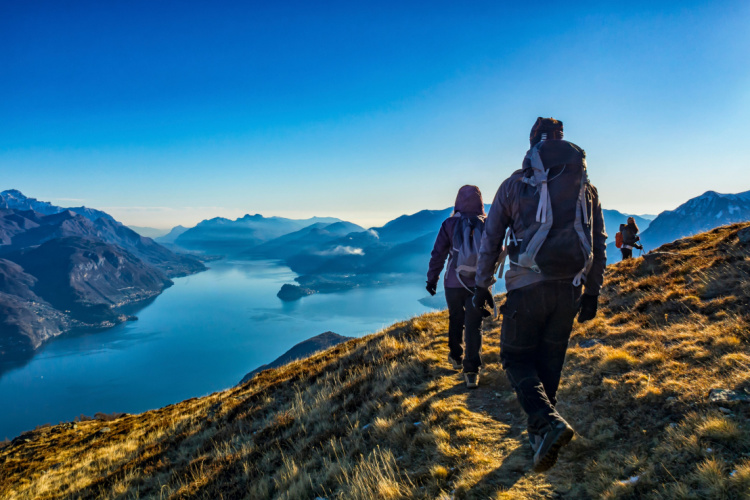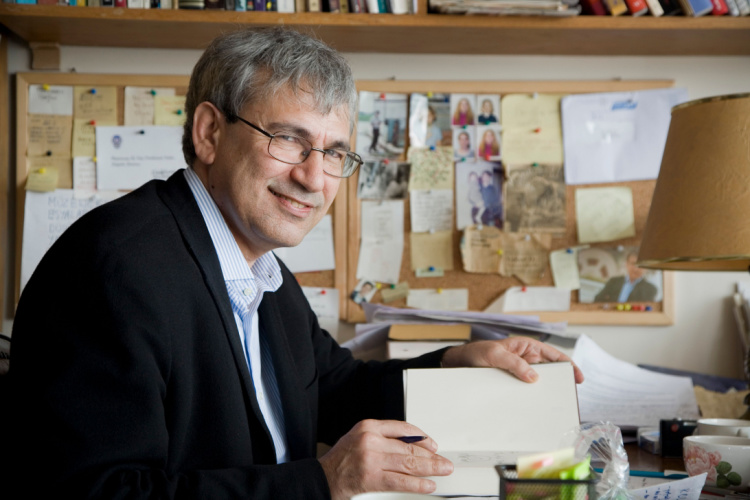
BLOG
- ELİTE WORLD HOTELS & RESORTS
- BLOG
- FACTS ABOUT KARAHANTEPE, WHİCH SHEDS LİGHT ON HUMAN HİSTORY
Facts about Karahantepe, Which Sheds Light on Human History

Karahantepe is located in Şanlıurfa, which has a history of 12 thousand years. Karahantepe, which sheds light on human history and is thought to be the oldest ritualistic area discovered so far, is one of the most important settlements of the Neolithic period. We have compiled interesting facts about Karahantepe, which is thought to be even older than Göbeklitepe, which is only 45 km away. Let's have a look at all the details together, from the physical features of the building to its historical background and similarities with Göbeklitepe.
Karahantepe Consists of Four Separate Buildings
The excavation area consists of four separate structures carved into the bedrock: "AA Structure, AB Structure, AC Structure and AD Structure". It is thought that the entire structure was destroyed in later periods and was deliberately buried by filling it with soil that was brought from the surrounding area.
- AB Structure: A three-dimensional human figure is depicted in the middle of the long wall of the structure that is carved into the bedrock. It is depicted as a man and four phallus-shaped obelisks are placed directly in front of it and six phallus-shaped obelisks are placed in the back row. It is estimated that the area, which is descended from one side by a staircase and from the other side is ascended by another staircase, was used for initiation ceremonies. There were also traces of the room, which was also connected to a snake-shaped waterway, being filled with water. The structure is also called the "ritual room".
- AD Structure: Like AB Structure, it was built by carving into the bedrock. From this building, where many obelisks are placed, there is also a transition to the AB Building. It is thought that the two structures were built together and hidden by filling them with soil in later years.
- AC Structure: This area, which was also carved into the bedrock, was deliberately filled, and buried with soil brought from the surrounding area. In the final stage, it was covered with flat stones.
- AA Structure: There is a seating bench parallel to the wall. It is estimated that the construction of this structure, decorated with snake and fox depictions and carved into the bedrock, still needs to be completed due to the depth difference.
Karahantepe Statues
There are many structures and symbols in Karahantepe, which were discovered during the surface survey of Harran University in 1997 and whose excavations started in 2019. While mostly animal depictions are seen in Göbeklitepe, human depictions stand out in Karahantepe. This is one of the most important differences between the two excavation sites. While mostly animal depictions are seen in Göbeklitepe, human depictions stand out in Karahantepe. This is one of the most important differences between the two excavation sites.
During the excavations in the area, structures thought to have been built for private and public use, huts thought to be for daily use, "T" shaped obelisks whose surfaces were decorated with animal depictions and animal and human statues were found. Remarkable works such as "Sırtında leopar taşıyan insan heykeli", "çifte tilkili dikilitaş" and “oturan insan heykeli” are exhibited at Şanlıurfa Archeology Museum.
First Steps of Settlement and Agriculture in Karahantepe
Discoveries were made in Karahantepe, where wild seeds of barley, wheat and legumes were found, shedding light on the first steps of agriculture and domestication. Karahantepe, only a small part of which has been excavated, will help us see clearer the starting point of the journey of humanity from hunting-gathering to today.
Tools for daily use, grinding stones, stone vessels and large-sized plates were also found in the structures found in Karahantepe. All these discoveries indicate that Karahantepe was not only a ceremonial area but also had a settlement nearby, where ancient people settled and perhaps lived for many years.
Stone Hills Project
In addition to being seen as the "city of civilizations", Şanlıurfa also hosts Turkey's largest and most comprehensive archeology project to date. The ongoing excavations within the scope of the Stone Hills Project, launched by the Ministry of Culture and Tourism in 2021, are followed with interest by the whole world.
Stone Hills Project sheds light on the first settled life of the Neolithic period in Şanlıurfa and covers an area of 100 kilometers. The project, which covers 12 regions including Göbeklitepe, Karahantepe, Ayanlar, Harbetsuvan, Taşlıtepe, Gürcütepe, Kurttepesi, Sayburç, Sefertepe, Yenimahalle, Yoğunburç and Çakmaktepe, hosts the first settled communities of Northern Mesopotamia and Anatolia.
















